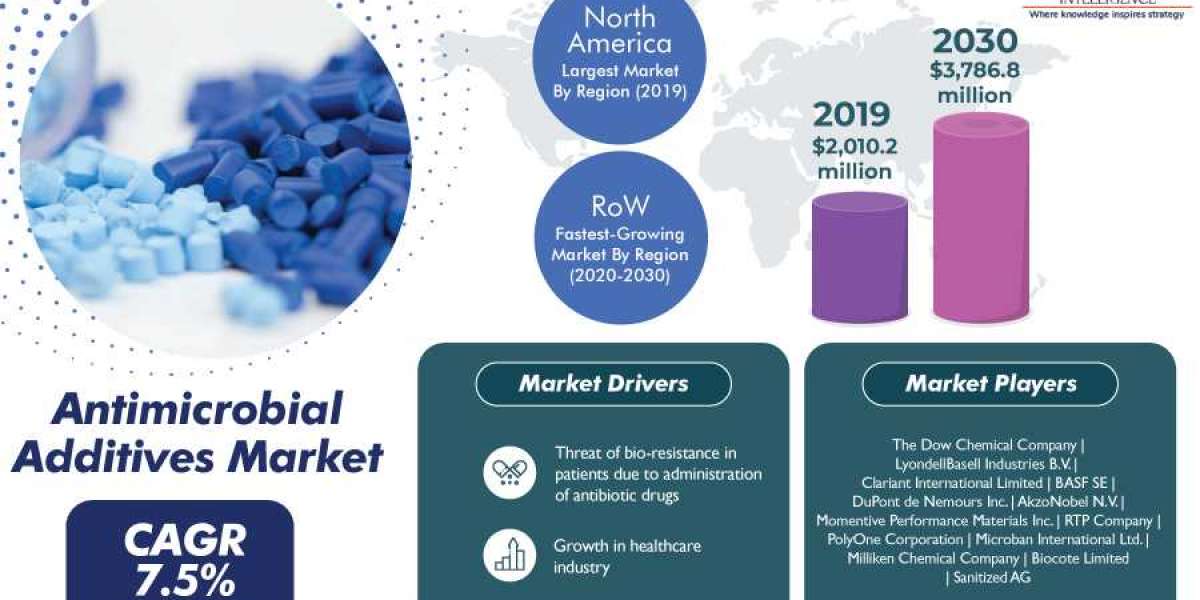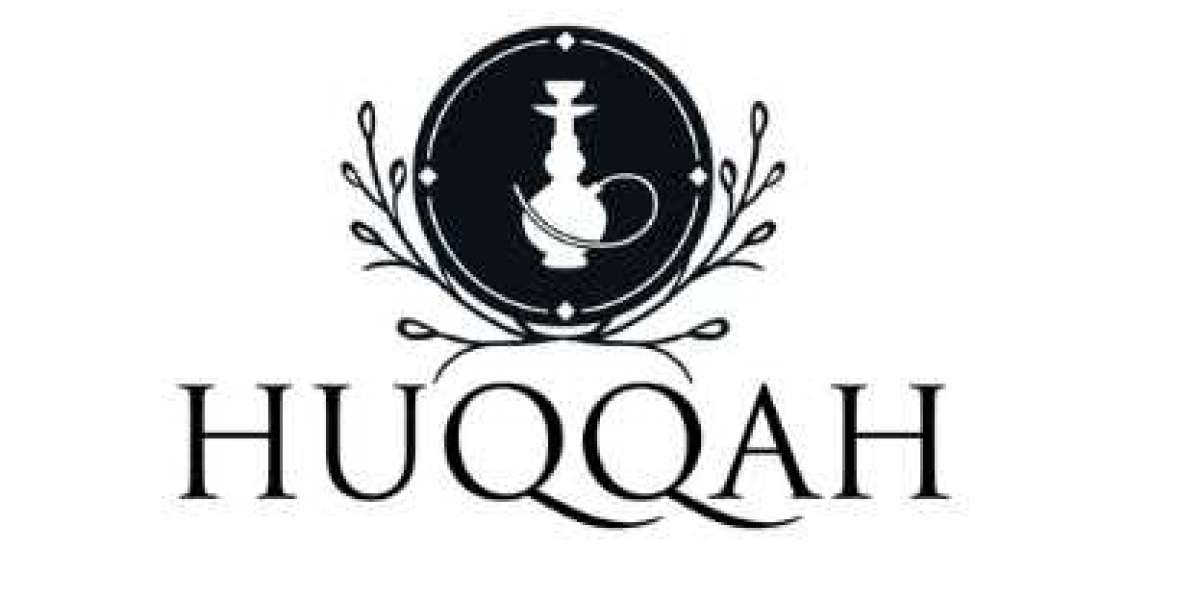The global antimicrobial additives market is projected to attain a revenue of $3,786.8 million by 2030, increasing from $2,010.2 million in 2019, progressing at a 7.5% CAGR during the forecast period (2020–2030), according to a report by PS Intelligence. The market is growing due to the expanding healthcare industry and threat of bio-resistance in patients because of administration of antibiotic drugs. On the basis of type, the market is divided into inorganic and organic, between which, the inorganic category held the major share of the market in 2019.
Inorganic antimicrobials are non-toxic in nature and more favorable chemical attributes of copper, zinc, and silver-based antimicrobial formulations than organic antimicrobial additives. These products are being widely adopted in compounding, packaging, food and non-food consumer goods, and compounding sectors in a wide variety of products. These factors are further predicted to lead to growing demand for this type in the years to come.
When end-use industry is taken into consideration, the antimicrobial additives market is categorized into construction, healthcare, packaging, food beverages, consumer goods, and automotive, among which, the healthcare industry held the largest share of the market in 2019. The industry is further projected to lead the market during the forecast period, as antimicrobial additives are being widely used in the industry owing to the rising prevalence of hospital-associated infections (HAI) and nosocomial infections. The benefits of antimicrobial additives, including long-lasting efficacy and low threat of retention, are also driving their demand.
North America accounted for the major share of the antimicrobial additives market during the historical period (2014–2019), because of the increasing prevalence of HAIs in the region. The continuous administration of individuals with antibiotics has resulted in the rising instances of bio-resistance. Doctors are finding it harder to deal with the spread of virulent diseases. The Asia-Pacific region is expected to grow at the fastest pace during the forecast period, owing to increasing incidence of medical implants among patients.
The rapid expansion of the healthcare industry is a key factor that is leading to the growth of the antimicrobial additives market. The increasing prevalence of chronic diseases and surging aging population are resulting in the growth of the healthcare industry across the globe. The surging adoption of novel drugs, accessories, and technologies, and the integration of products including antimicrobial additives are predicted to lead to the technology shift in the industry. These factors are projected to result in the growth of the market in the years to come.
A major trend being witnessed in the antimicrobial additives market is the threat of emergence of bio-resistance owing to the administration of antibiotic drugs in patients. Antibiotics are utilized for treating and reducing the risk of bacterial and fungal infections in patients, which has resulted in the possibility of the emergence of stronger and highly-resistant pathogens. The integration of antimicrobials during the manufacturing process of products can provide a solutions to the problem, thereby leading to their high demand.
In conclusion, the expanding healthcare industry and rising threat of emergence of bio-resistance among patients are driving the market.








